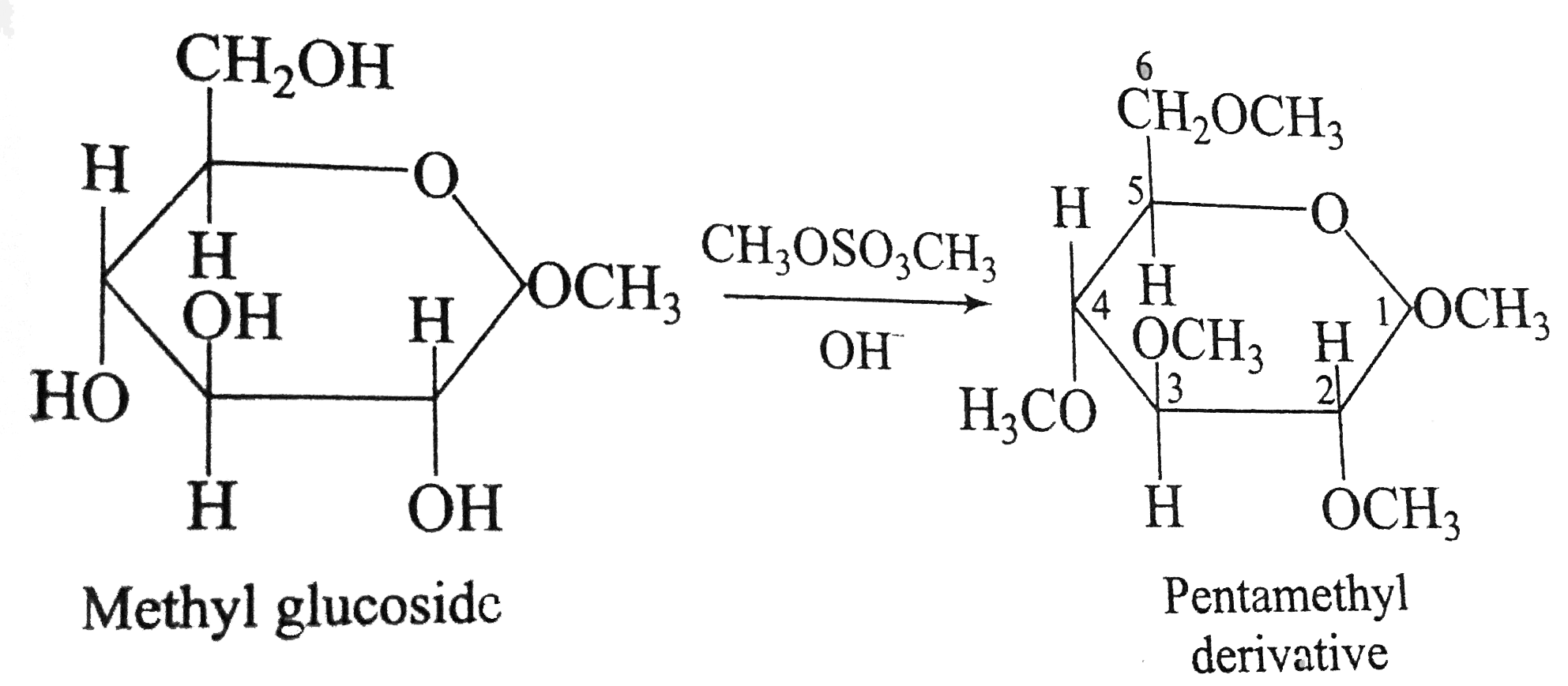InterviewSolution
Saved Bookmarks
| 1. |
A methyl glucoside can be converted to the _______ anhydride in the presence of pyridine. Identify the produce formed. |
|
Answer» tetramethyl  This reaction is just a multiple williamson synthesis. The hydroxyl groups of monosaccharides are more acidic than those of ordinary alcohols because the monosaccharides contains so many electronegative oxygen atoms, all of which exert electron-withdrawing inductive effects no nearby hydroxyl groups. In aqueous `NaOH`, the hydroxyl groups are CONVERTED to alkoxide ions, and each of these, in TURN reacts with dimethyl sulphate in an `S_(N)^(2)` reaction to yield a methyl ether. The process called exhaustive methylation. The methoxy groups at `C_(2), C_(3), C_(4)` and `C_(6)` of the pentmethyl derivative are ordinary ether groups. Consequently, these groups are stable in dilute aqueous acid (remember, to cleave ethers requires HEATING with come. `HBr` or `HI`). However, the methoxy group at `C1` is different from others because it is a part of an acetal linkage (it is GLYCOSIDIC). Therefore, treating the pentamethyl derivative with dilute aqueous acid causes hydrolysis of this glycosidic methoxy group and produces 2,3,4,6- teta `O`-methyl - `D-` glucose (The `O` in this name means that methyl groups are bonded to oxygen atoms). |
|